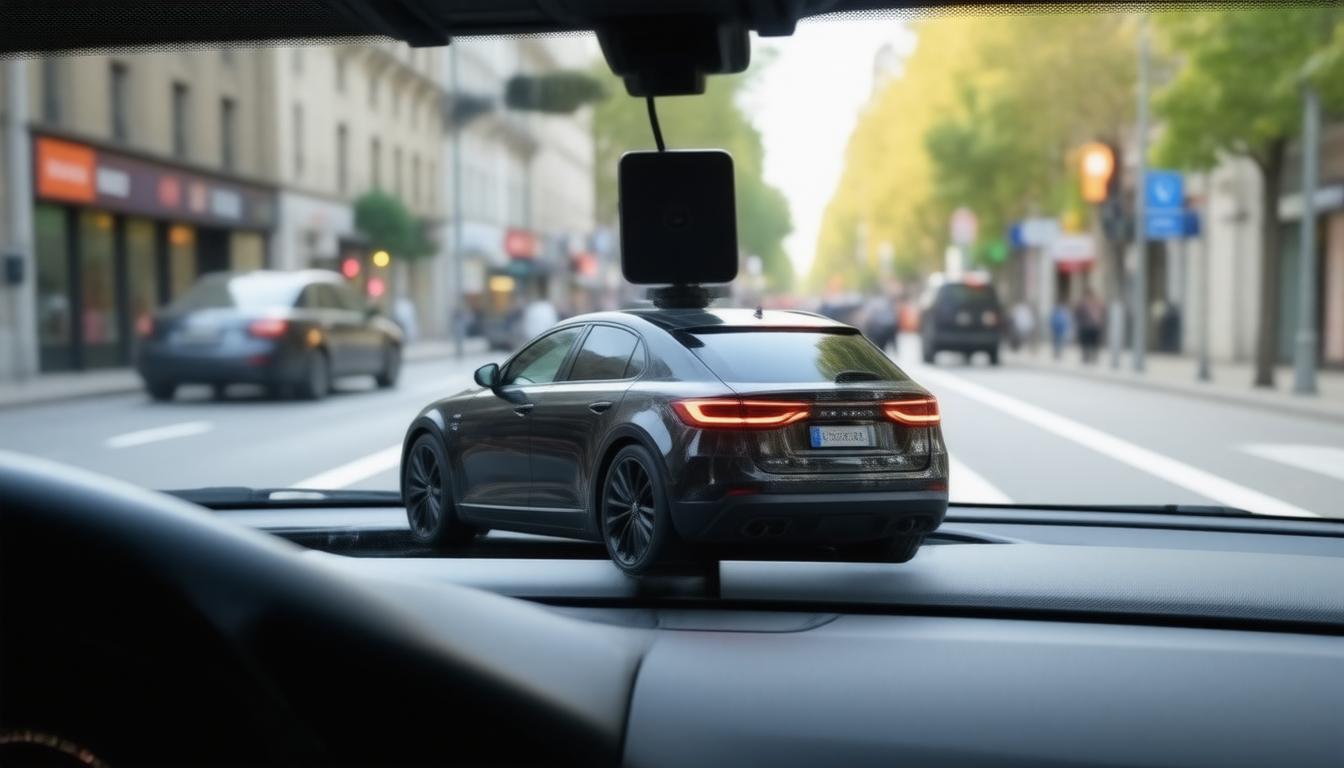In our rapidly evolving world, vehicle safety and security have become paramount. As the demand for comprehensive documentation and protection on the road increases, 360-degree coverage dashcams have emerged as a top choice for drivers. These devices not only capture every angle around a vehicle but also provide peace of mind through their extensive functionalities. This guide explores the significance, benefits, and considerations when selecting a 360-degree dashcam for your vehicle.
Understanding 360-Degree Coverage
A 360-degree dashcam utilizes multiple lenses or a fisheye lens to provide a full panoramic view around the vehicle. This technology is designed to eliminate blind spots, ensuring that every incident, whether minor or major, is captured in high definition. Unlike traditional dashcams, which typically focus on the road ahead, 360-degree cameras offer a comprehensive perspective, safeguarding against collisions and vandalism from all directions.
Why Choose a 360-Degree Dashcam?
- Comprehensive Coverage: The primary advantage of 360-degree dashcams is their ability to capture broad, complete scenes. This reduces the chances of missing key details in events leading to accidents or disputes.
- Enhanced Safety: These dashcams provide additional security not just while driving but also when parked. They can monitor activity around the vehicle, alerting the owner to potential threats or incidents.
- Efficient Evidence Collection: In the unfortunate event of an accident, having video evidence from multiple angles can be crucial for insurance claims and legal proceedings. A 360-degree dashcam offers undeniable proof, streamlining the claims process.
- Peace of Mind: Knowing that your vehicle is comprehensively monitored can alleviate anxiety relating to theft or accidents, fostering a more relaxed driving experience.
Features to Look for in a 360-Degree Dashcam
When investing in a 360-degree dashcam, several features should be taken into consideration to ensure you’re getting the best device for your needs:
- Video Resolution: Aim for models that provide at least 1080p resolution to ensure clear and detailed imagery.
- Field of View: Look for a dashcam with a wide coverage angle — ideally between 180° to 360° — to maximize visibility around the vehicle.
- Storage Capacity: Assess how much footage the dashcam can store. Investing in models that support larger SD cards or cloud storage options can prevent data loss.
- Night Vision Capabilities: Good low-light performance is essential for night driving, ensuring quality footage in darker conditions.
- Integration Features: Some dashcams offer the ability to integrate with smartphone apps for easy access to footage and real-time alerts.
- Durability and Weather Resistance: Consider a dashcam that can withstand various weather conditions and is built to last over time.
Potential Downsides to Consider
While 360-degree dashcams offer remarkable advantages, there are also some challenges to be aware of:
- Higher Cost: Generally, 360-degree dashcams will be more expensive than traditional dashcams due to their complex technology and features.
- Installation Complexity: These devices might require professional installation to achieve optimal coverage and functionality.
- Data Management: The extensive data captured by multiple lenses can necessitate robust data management solutions. Users should be prepared to handle large volumes of recorded footage.
Conclusion
Investing in a 360-degree dashcam is more than just an accessory for your vehicle; it’s a commitment to enhancing your safety and security on the road. With comprehensive coverage that captures every angle, these dashcams provide valuable evidence and peace of mind whether you’re driving or parked. By considering the essential features and potential drawbacks, users can make informed decisions that best fit their needs and driving habits. Embrace the future of vehicle security—every angle matters.
Click here to see our opinion on the top 10 dashcams on Amazon

